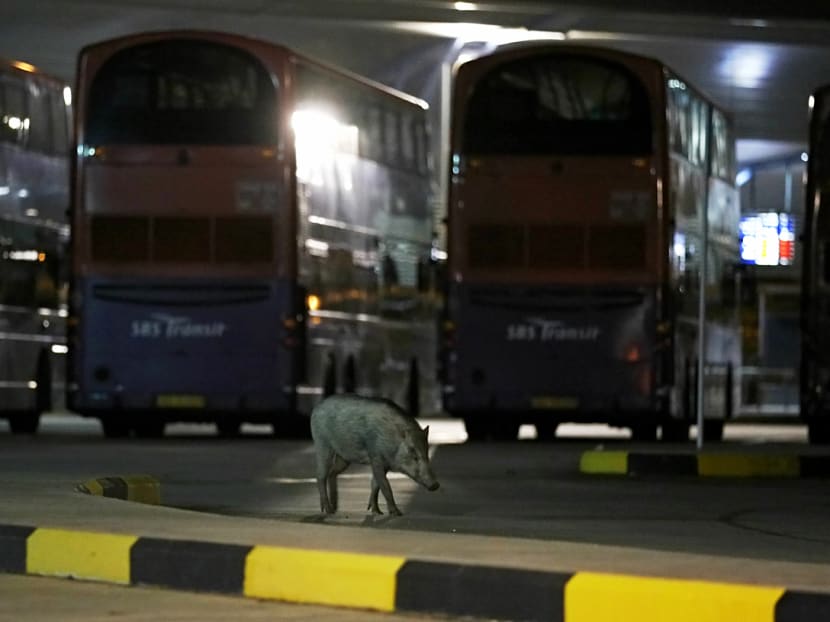More public education needed to mitigate human-wildlife conflicts
I just read The Big Read feature, “As animal encounters hit the headlines, a divide opens up”.

A TODAY reader writes that as society comes into more contact with wildlife, greater education needs to be carried out to minimise human-wildlife conflicts. In situations where it can't be avoided, the government should adopt a more humane method of dealing with the animals rather than resort to culling. TODAY file photo
I just read The Big Read feature, “As animal encounters hit the headlines, a divide opens up”.
It is a cause for concern when our society is intolerant towards wildlife living in our midst. These animals have been displaced somewhat and have lost their habitats, mainly because of urbanisation and land being cleared for residential and commercial developments.
Residents need to be educated, perhaps with information kits distributed to households, so that they may better understand how they can reduce human-wildlife conflict, such as by practising proper waste disposal and not feeding the animals because they will become dependent on humans and lose their survival instincts.
The authorities also need to consider alternative humane methods of handling wildlife conflicts such as relocation, rather than resorting to culling which is a short-term and costly method. Culling animals prematurely has not been fully effective in reducing human-wildlife conflicts.
Representatives from the relevant government agencies should also walk the ground to understand residents’ concerns with these animal encounters. During such times, they can educate the public on the precautionary steps to take and the channels that they can turn to in the event of a conflict.
The National Park Boards and the Agri-Food and Veterinary Authority need to thoroughly look into residents’ complaints because it could be just grouses from a minority group and not a consensus that warrants culling. It would be viable to conduct more scientific research and studies to better understand such conflicts first before coming to a definitive conclusion.
The developers of residential units built within or near large green spaces must continue to work closely with the authorities to come up with buffer zones to moderate human-wildlife contact.
It is unfair to put all the blame on wild animals because their food sources and habitats are being depleted, and habitat renewal plans do take time to mature.
The public needs to look at the bigger picture and understand why wild animals are encroaching into residential areas, and hopefully, develop a more tolerant and compassionate attitude towards wildlife.






